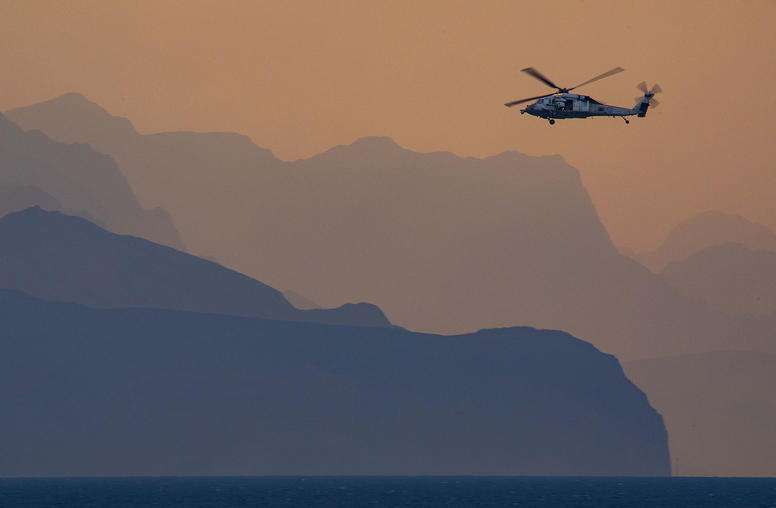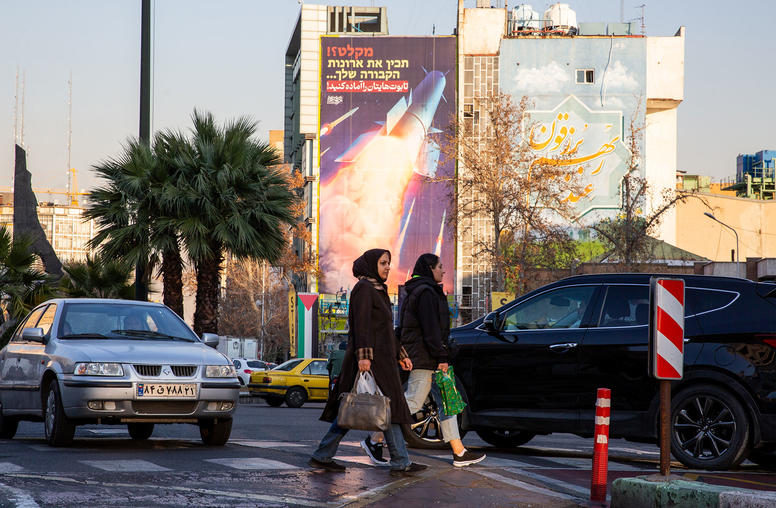Whither the Middle East: More Conflict or New Peace?
Lebanon is in chaos as it struggles to rebuild politically and physically. Tensions between Iran and the United States are again mounting over access to arms and their rivalry in the region, with fears of a showdown this fall. Syria is nearing a decade of war, with no imminent prospects of peace or reconciliation. ISIS still has an estimated 10,000 fighters menacing Iraq and Syria. Yet, amid these volatile times, Israel and the U.A.E. signed the first peace agreement in more than a quarter century. Where is the Middle East headed—toward more conflict or new peace?
Speakers
Robin Wright, moderator
USIP-Wilson Center Distinguished Fellow; Journalist and Author
Merissa Khurma, introductory remarks
Program Manager, Middle East Program, Woodrow Wilson Center for International Scholars
Daniel Kurtzer
Former Ambassador to Israel and Egypt; Professor of Middle East Policy Studies at the Princeton School of Public and International Affairs
Vali Nasr
Former Dean and Professor of International Affairs and Middle East Studies at the Paul H. Nitze School of Advanced International Studies of Johns Hopkins University
Maha Yahya
Director, Carnegie Middle East Center
Continue the conversation on Twitter with #MENACrossroads.



